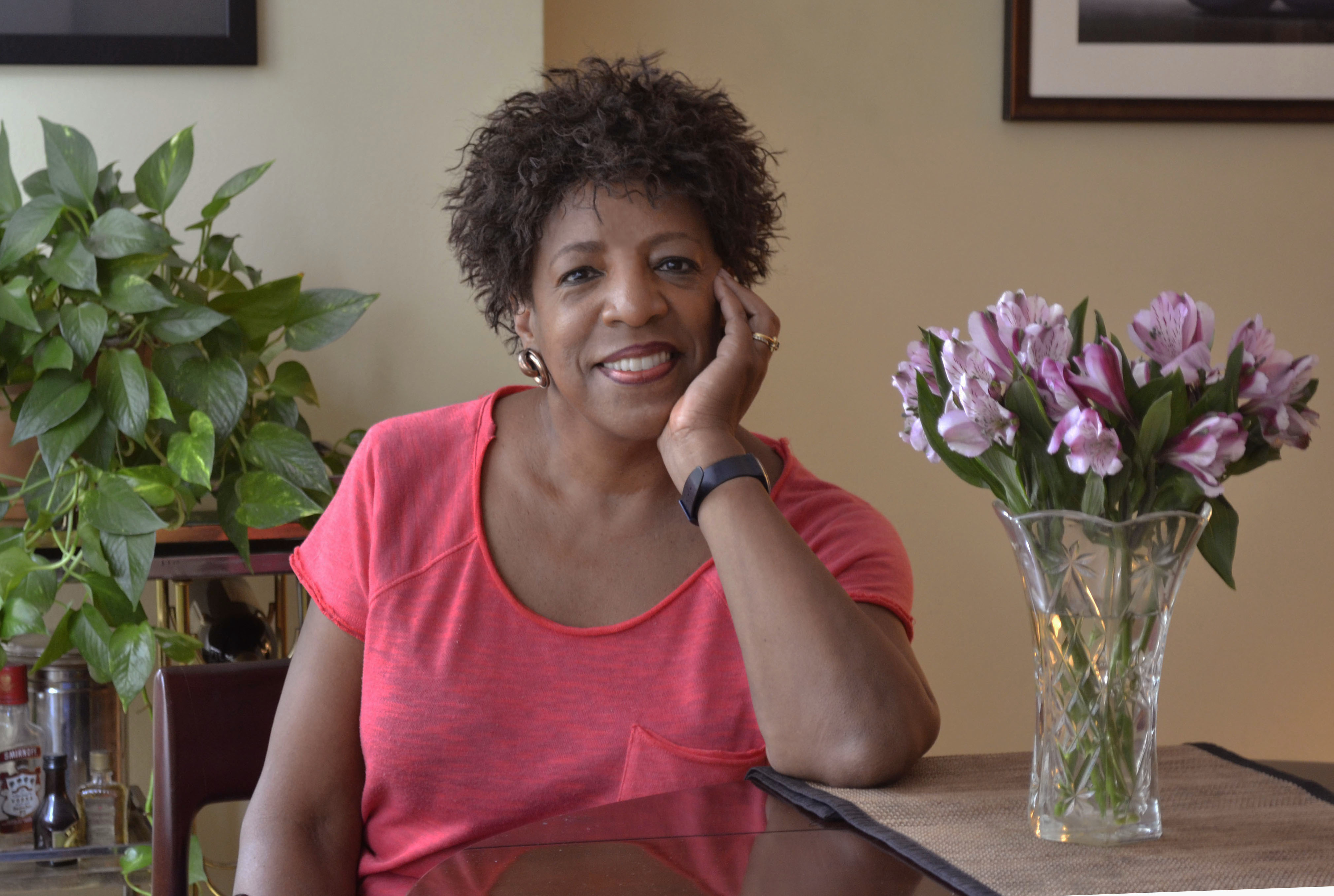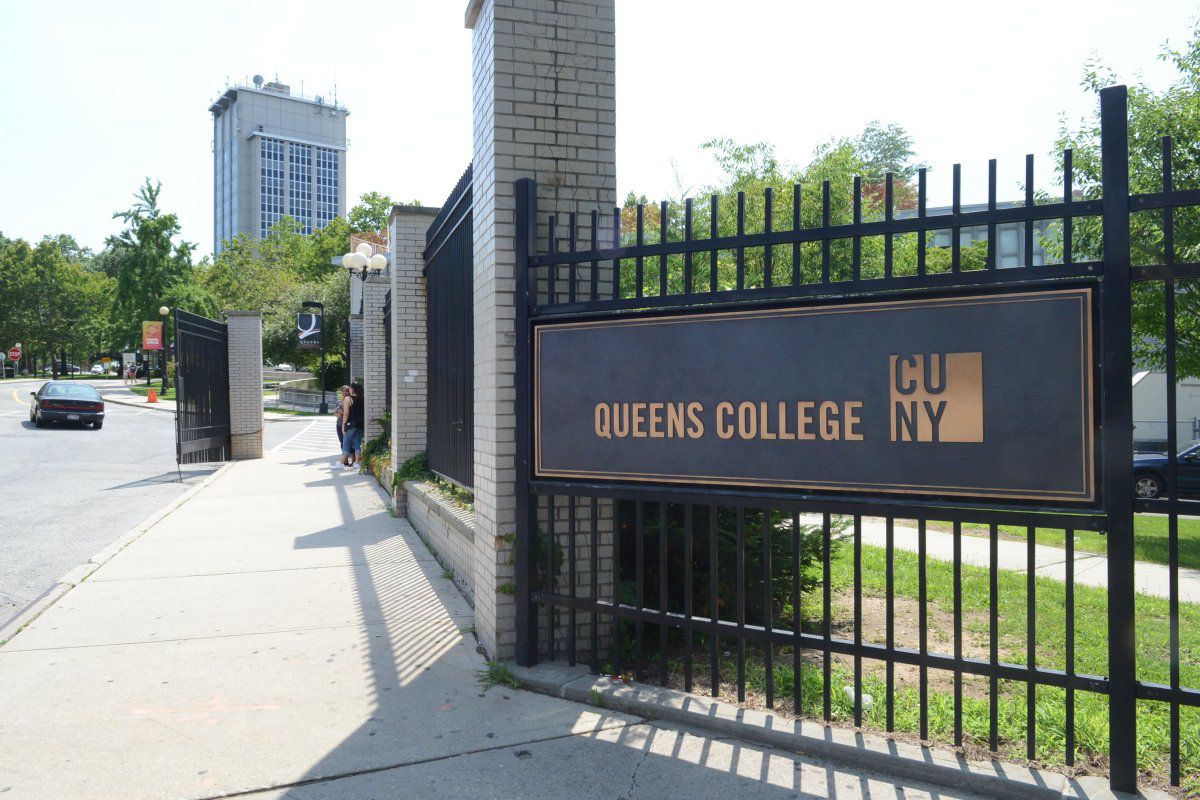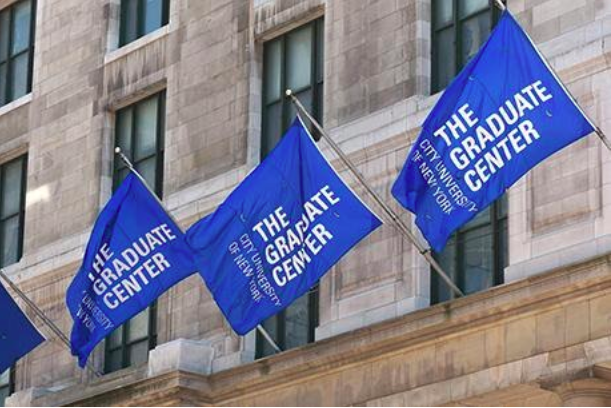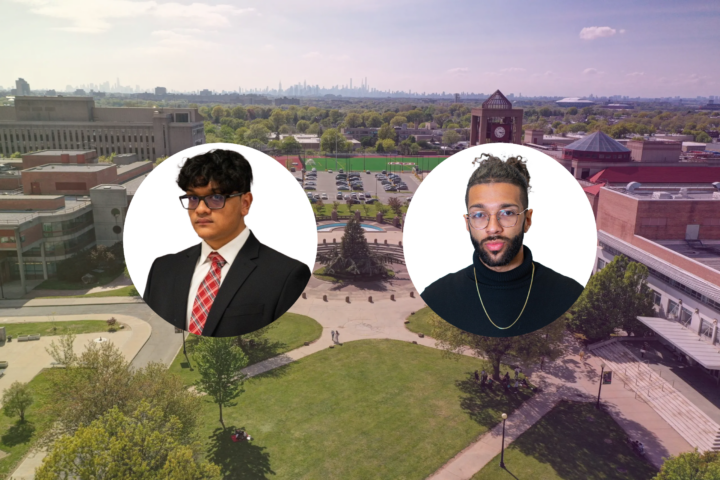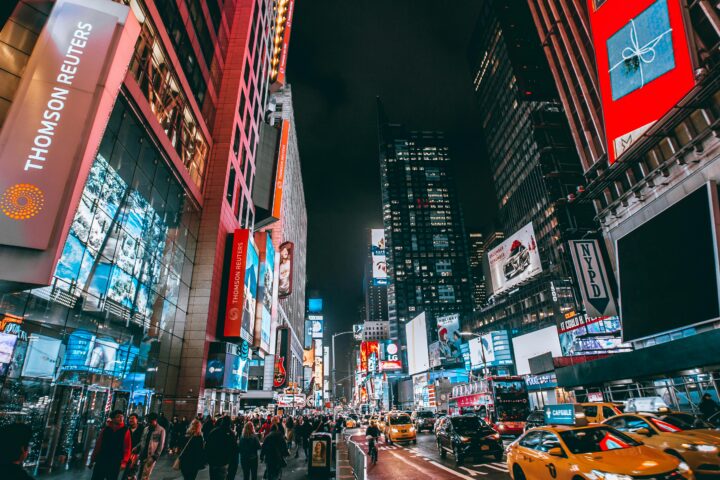Sheryl McCarthy grew up in a segregated black community in Birmingham, Alabama, while Dr. Martin Luther King was leading the African-American Civil rights movement.
She personally knew three of the victims of the 16th Baptist Church Shooting. Denise McNair, who was the daughter of her second-grade teacher, Carole Robinson, a friend who was in the same social club as McCarthy, and Cynthia Wesley, who attended the same high school as her.
“I was stunned, really,” McCarthy said, recalling the tragedy. I remember thinking, “White people hate us so much that they’re willing to murder children rather than have to sit next to us at a lunch counter.”
Although growing up in a town with a lot of racism, her town was quite connected and looked out for each other.
“I lived in a very warm community,” McCarthy said. “In some way, we were protected from the ugliness there. I am glad I was there to witness the civil rights movement change the country in many ways.”
She attended Center Street Elementary School from first to eighth grade before going to Ullman High School.
McCarthy starting reading different books and was inspired by “Catcher in the Rye” by J.D. Salinger, and “To Kill a Mockingbird” by Harper Lee.
“Reading inspired me to become a writer,” McCarthy said. “Books were magical. I wanted to do what Harper Lee had done; I wanted to grow up and write something that was as moving and beautifully written, and that touched a lot of people.”
“I thought ‘To Kill a Mockingbird,’ was beautifully written, moving, that it captured the atmosphere and personalities of small town in Alabama in the 1930s, that it was a profound morality tale, and it touched so many people nationwide,” McCarthy said.
Originally wanting to become a fiction writer, she wrote her own short stories titled “The Calling of Mother Black,” which was about her grandmother, “A Happy Man,” based on a story her minister told her mother about his father growing up in the segregated South, and “The Lucky Girl” while studying English at Mount Holyoke College in Massachusetts. There, she began writing for the college paper.
When McCarthy graduated Mount Holyoke College in 1969, she sent out a lot of her work to get published.
“I liked seeing myself in print,” McCarthy said. “Journalism opened up for me, I was getting jobs.”
She started an internship with the Boston Globe and went to graduate school in San Francisco before landing a full time job at the Globe. McCarthy has also written for the Baltimore Sun and Random House Publishers in Manhattan.
McCarthy then taught English at Morgan State College before going back to college to study law at Columbia Law School.
She was a former student under Supreme Court Justice Ruth Bader Ginsberg, who wrote a book and fought against gender discrimination, which opened up McCarthy’s views on the issue.
“I believe women should not be hindered from doing anything they want to do solely on the basis of their gender,” McCarthy stated.
She landed a job as Assistant DA in Manhattan’s DA Office, while receiving a job offer at the Daily News at the same time. She decided to take the job at the Daily News, covering education for six years, instead of the Assistant DA position.
“The Daily News is really where I learned to become a reporter,” McCarthy said. “But the Daily News is local reporting, and I was interested in doing more national reporting.”
McCarthy left the Daily News in 1982 to work at ABC as a television correspondent. She was based in New York for two years, and then she was sent to the Atlanta bureau for three years. McCarthy then left ABC to work at New York Newsday, starting off as a senior writer and then advancing as a columnist, writing two articles a week for the next 19 years.
“New York Newsday was great,” McCarthy said. “It was a liberal paper with a lot of diversity, and a lot of talented people worked there.”
“I found that writing a column gave me a lot of freedom,” McCarthy recalled. “You could write about whatever you want to write about like events, or issues that evoke an emotional response out of you. If you can write a good column, you are able to be a voice for people.”
Gail Collins has known McCarthy for over 25 years and worked with her as a columnist at New York Newsday.
“Sheryl has always been an impeccable journalist when it comes to accurate reporting, clear writing and good sources,” Collins said. “One of the things that sets her apart from other journalists is her positive attitude. It’s easy for people in our business to become incredibly cynical, but Sheryl never did. She could cover terrible disasters or social problems. But she always showed you that while we live in a troubled world, it’s one populated by good people; that there are always ways to make things better.”
After New York Newsday shut down in 2005, McCarthy ran into Jay Hersenson, a former friend and vice chancellor of CUNY, at a reception for the CUNY Journalism School. He found her a position teaching journalism at Queens College and the rest is history.
Sheryl McCarthy is now a professor in the Journalism Department in Queens College and is a mentor for The Knight News.


